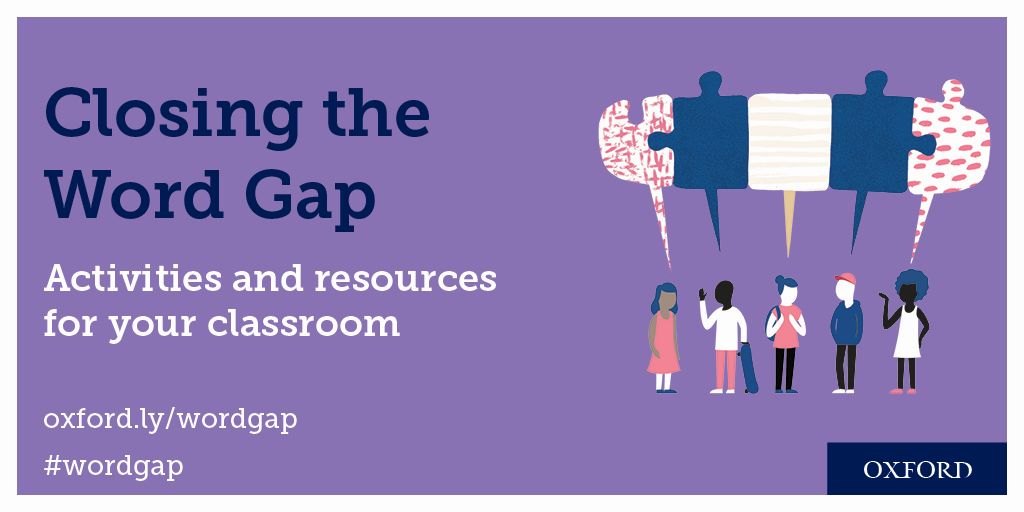In 2018 we surveyed over 1,300 primary and secondary school teachers about their experiences of the Word Gap in schools and collated our findings in the Oxford Language Report. The report found evidence of a significant word gap in UK schools, an increasing problem which is holding back children’s learning. Following on from this research, we partnered with Teachit to develop downloadable packs of resources and initiatives that can be used in the classroom. The free History Word Gap resource-pack was written by Lindsay Bruce, a history teacher and lead practitioner in a secondary school in the Midlands. Here’s a quick summary of her suggested activities to help close the wordgap.
1. Using word banks
A word bank can be a great way to consolidate, test, apply and revisit knowledge. A word bank could be used to introduce new vocabulary or as part of a knowledge organiser. Research supports the idea that you need to teach vocabulary in the context of student’s learning rather than in isolation. Students can write their own definitions so that the words are meaningful on a personal level and will help students to remember them. See the the Word Gap pack for more details on these strategies.
2. Making links between key terms
It is also important for students to be able to understand how key terms fit into a wider context, to fully understand them and be able to make meaningful links between words.
For example, in order for a student to fully understand the word revolution, a student must understand how the aim of a revolution is to enable change, but different revolutions come in different forms and use different methods. Understanding the changing definitions and nuances of key concepts is vital for vocabulary and knowledge development.
Lindsay suggests several strategies for making links between key terms in the pack
3. Exploring etymology and morphology
Help students to understand the root words that are used in history lessons by splitting words down into their constituent parts. This will help them interpret new words when they encounter them, both within history and the wider curriculum.
There’s a list of root words with definitions and some suggested strategies for teaching them in the pack.
4. Using talk to widen vocabulary
It helps students to develop their vocabulary further by hearing key words being used in speech, for example by their teacher, so they can hear the inflection and emphasis used. It is also important for students to be able to use key terms in their own speech, to increase students’ familiarity with the terms and demonstrate their understanding. Strategies for using talk to widen vocabulary include using role-play, using activities such as Just a Minute, or call and response activities.
5. Avoiding common mistakes and misunderstandings
Ensure students are learning from common mistakes and misunderstandings. Lindsay suggests keeping a log of students’ misconceptions so that these can be addressed in the next lesson to make sure all students have a good level of understanding. Work with students to identify their common mistakes so that they know exactly how they can improve.
6. Understanding vocabulary for exams/assessments
In order for students to do well in their exams they need to be able to fully understand the question, and so, students need to be fluent in exam command words.
The History word gap resource pack contains a helpful grid of command words, and indicates which of the GCSE History exam boards use them. The pack also suggests strategies for teaching students these command words to help them feel confident in their exams.
Find out more about the Oxford Language Report and download the Closing the Word Gap resource pack for History from our website.
